Industrial gases are gases or gas mixtures that are produced for use in industrial and manufacturing processes. They are essential for almost all manufacturing, and are used in a wide range of industries, such as metallurgy, marine,... Let learn more about Gases for Life.
The industrial gases industry is a complex and dynamic sector. It is constantly evolving to meet the changing needs of its customers. The industry is also highly regulated, in order to ensure the safety of its workers and the public.
Here are some specific examples of the importance of industrial gases in different industries:
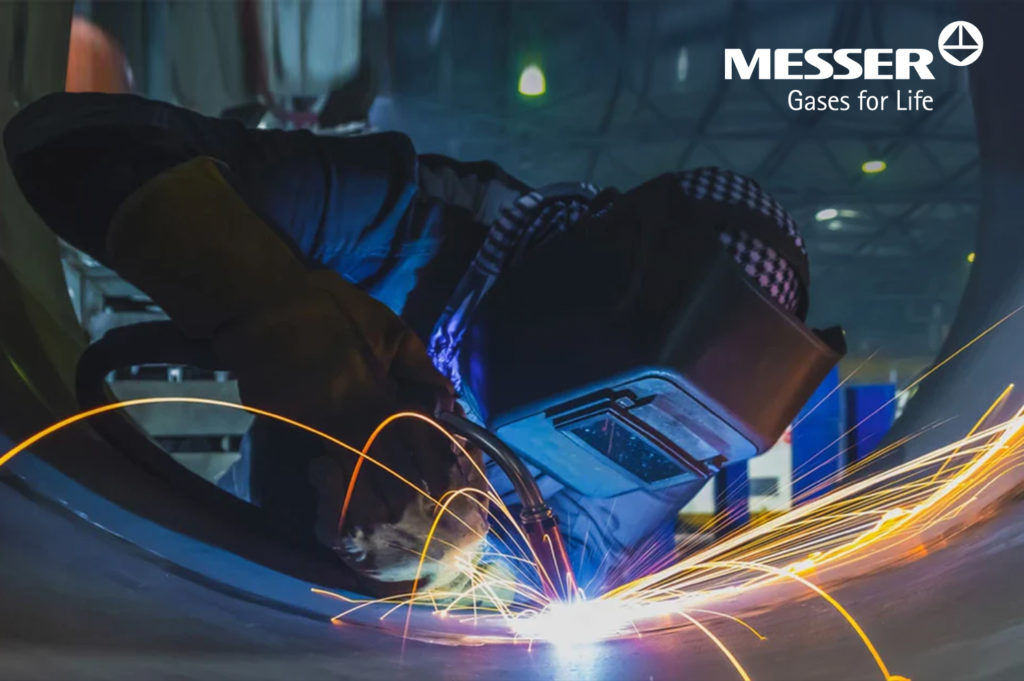
Oxygen is used to boost the combustion of iron ore in blast furnaces. Nitrogen is used to protect molten steel from oxidation. Argon is used to inert the atmosphere around molten steel, preventing it from reacting with the air.
Industrial gases are used in the production of metals, such as steel, aluminum, and copper. They are used for cutting, welding, and inerting.

All major industrial gases are used as raw materials or for inerting in the chemical industry. For example, oxygen is used to produce oxychlorination chemicals. Amoniac is used to produce ammonia and other nitrogen-based fertilizers. Argon is used to produce semiconductor-grade silicon.
Industrial gases are used as raw materials for the production of a wide range of chemicals, including plastics, fertilizers, and pharmaceuticals.
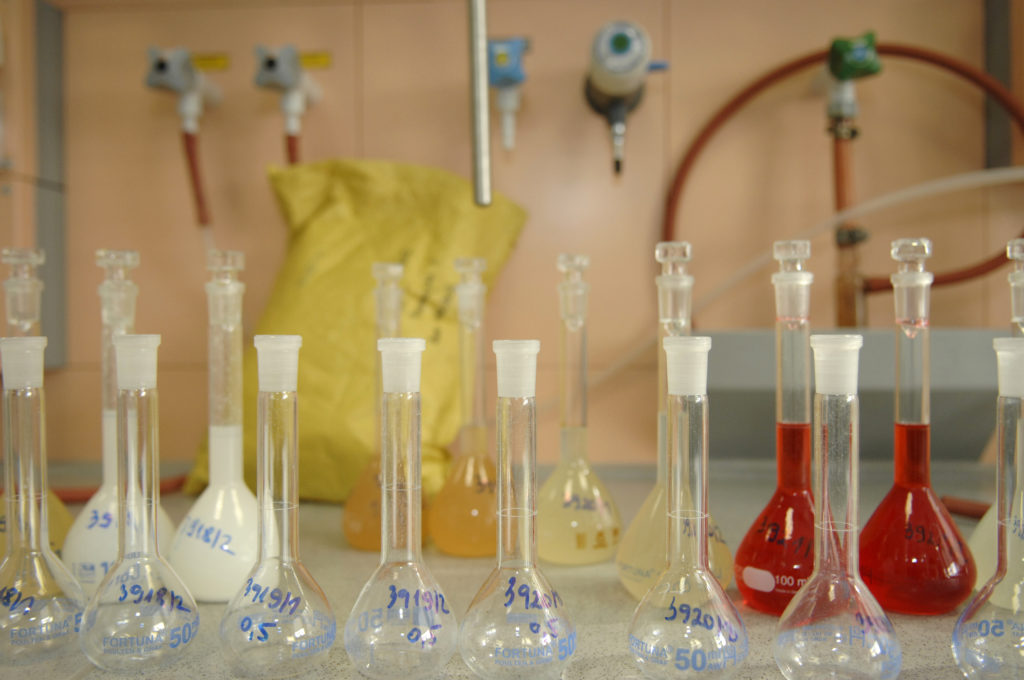
Carbon dioxide is used to carbonate beverages. Nitrogen is used to pack and preserve food products.

High purity gases are used in the production of pharmaceuticals, such as oxygen for inhalation therapy and nitrogen for sterile filtration.
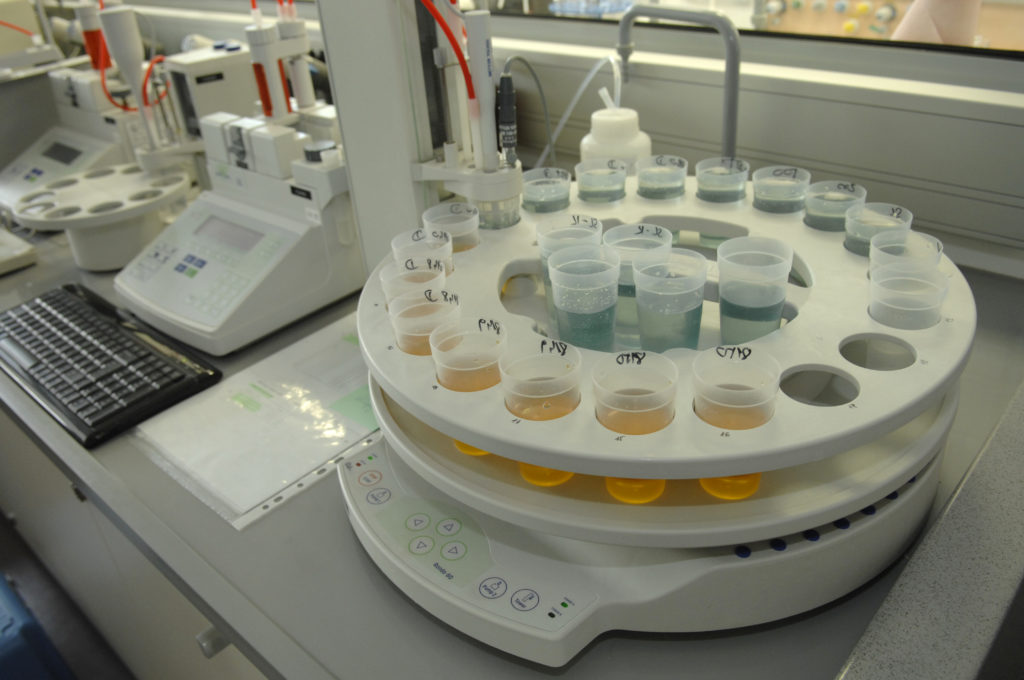
High purity gases are used in the production of semiconductors and other electronic components.
Industrial gases are used in the aerospace industry for propulsion, cooling, and life support.

Industrial gases are used in the medical industry for patient care, diagnostics, and research.
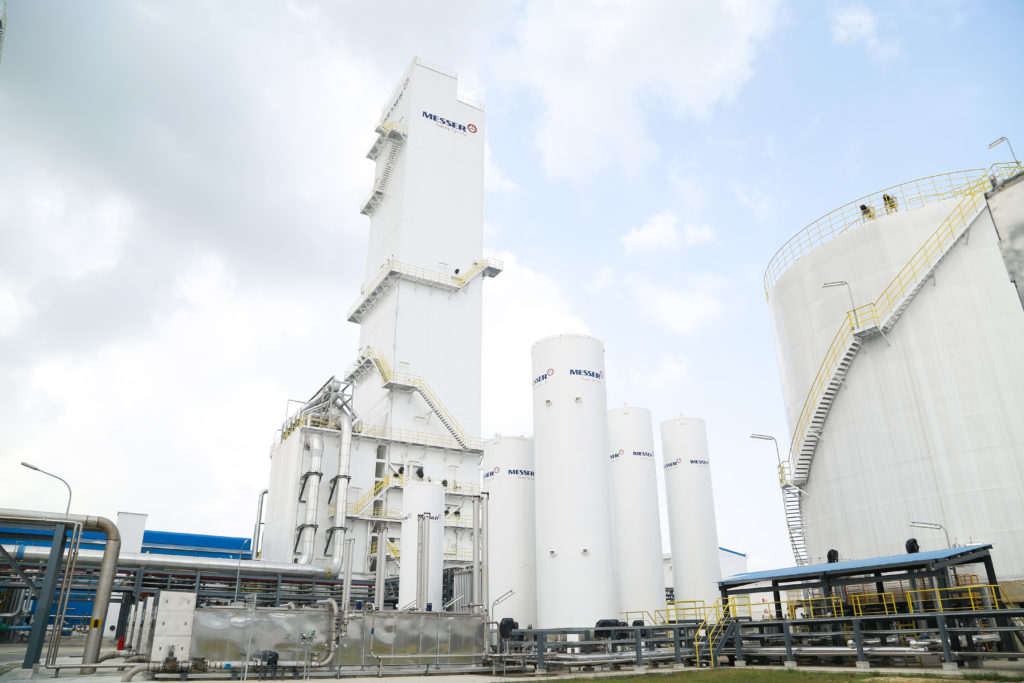
Extract from the air Oxygen (O2), nitrogen (N2), and argon (Ar) are the most common air gases. They are used in a wide range of applications, including welding, cutting, inerting, and packaging.
Rare gases, such as helium (He), krypton (Kr), xenon (Xe), and neon (Ne), have unique properties that make them useful in a variety of applications. For example, helium is used in balloons and airships because it is lighter than air. Krypton and xenon are used in lighting and lasers. Neon is used in signs and advertising.
Hydrogen (H2), carbon monoxide (CO), carbon dioxide (CO2), and nitrous oxide (N2O): These gases are used in a variety of industrial processes, including welding, metal cutting, and chemical production.
Extract from chemical reaction: Chlorine (Cl2), hydrogen chloride (HCl), and sulphur dioxide (SO2): These gases are used in a variety of industrial processes, including water treatment, metal cleaning, and food processing.
Acetylene (C2H2), methane (CH4), and propane (C3H8): These gases are used in a variety of industrial processes, including welding, metal cutting, and food processing.
High purity gases: High purity gases are used in a variety of applications where purity is critical, such as semiconductor manufacturing and medical diagnostics.
High accuracy mixtures for instrument calibration: These mixtures are used to calibrate instruments that measure gas concentrations.
Electronic specialty gases: These gases are used in the production of electronic components.
The industrial and medical gases industry serves a very large number of customers in the whole community. It provides gases, services, and expertise to a wide range of industries. The industry is also responsible for ensuring the safe and efficient use of industrial gases.
Industrial gases are essential for almost all manufacturing. They are used in the production of everything from cars and airplanes to food and medicine. The steel and metal industry uses large quantities of oxygen, nitrogen, and argon for cutting, welding, and inerting. The shipbuilding and automotive industries use acetylene, propane, and mixtures of fuel gases and oxygen for the same purpose Liquid nitrogen is used in recycling plastics, packaging, and scrap tires. The chemical industry uses all major industrial gases as raw materials or for inerting. High purity gases are used in the production of microchips and other electronic components.
The industrial gases industry is a vital part of the global economy. It provides essential products and services to a wide range of industries.
Industrial gases play a key role in reducing greenhouse gas emissions. For example, the use of oxygen and nitrogen in the production of steel can help to reduce the amount of carbon dioxide emissions.
Industrial gases are used in the production of renewable energy sources. For example, hydrogen is used in fuel cells, which can generate electricity without emitting greenhouse gases.
Industrial gases are used in the development of new technologies. For example, rare gases are used in the production of lasers and other advanced optical devices.
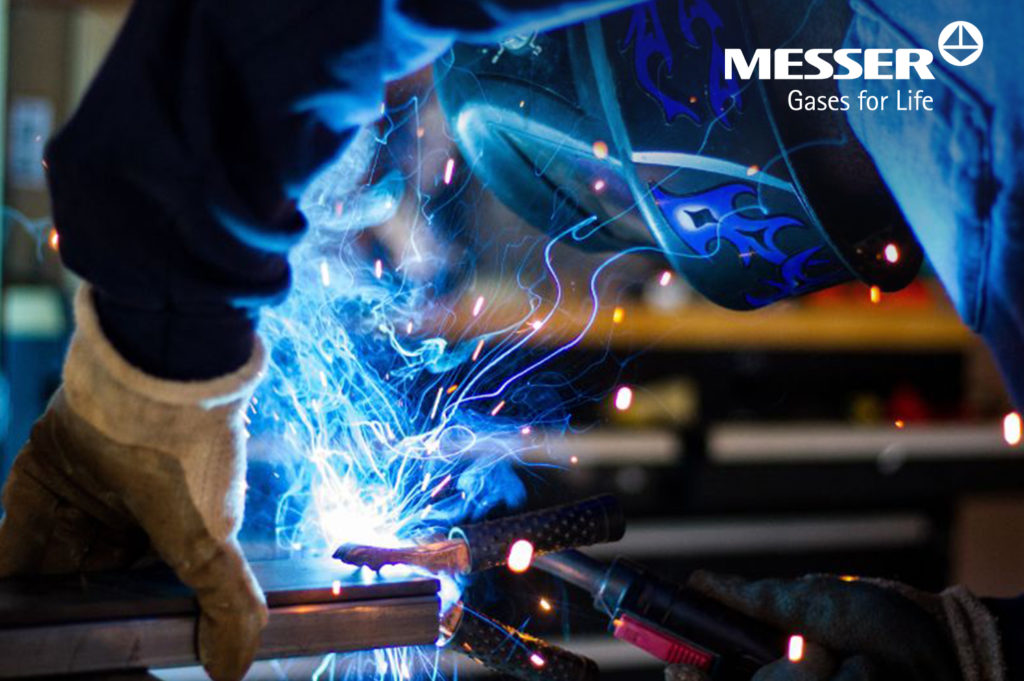
Overall, industrial gases are essential for modern life. They are used in a wide range of applications to improve our quality of life and protect the environment.
With innovative research and continuous development along with a team of experienced experts, we expect to become a reputable and trustworthy companion of our customers..
 Messer: Your Trusted Supplier for All Industrial Gases Demand December 2, 2024
Messer: Your Trusted Supplier for All Industrial Gases Demand December 2, 2024
 Mục Tiêu Phát Triển Con Người Tại Messer Việt Nam November 15, 2024
Mục Tiêu Phát Triển Con Người Tại Messer Việt Nam November 15, 2024
 Messer Super Cup 2023: Connecting Colleagues and Corporate Social Responsibility September 9, 2024
Messer Super Cup 2023: Connecting Colleagues and Corporate Social Responsibility September 9, 2024
 Application of High Purity Oxygen in Industries September 6, 2024
Application of High Purity Oxygen in Industries September 6, 2024
 Application of High Purity Oxygen in Industries September 6, 2024
Application of High Purity Oxygen in Industries September 6, 2024
Do you have questions regarding Messer products, services and technology applications?
We are always ready to support